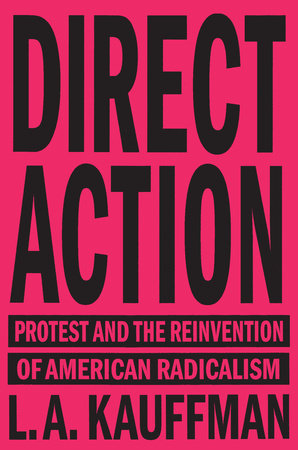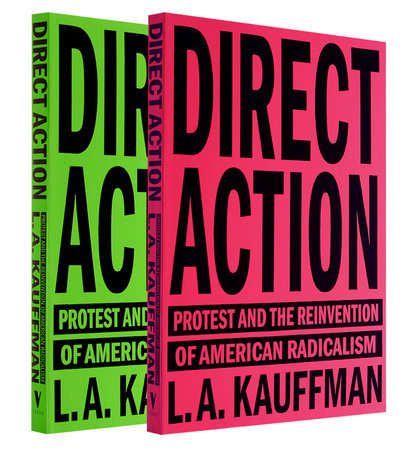


-
$18.95
Feb 21, 2017 | ISBN 9781784784096
-
Feb 21, 2017 | ISBN 9781784784102
YOU MAY ALSO LIKE
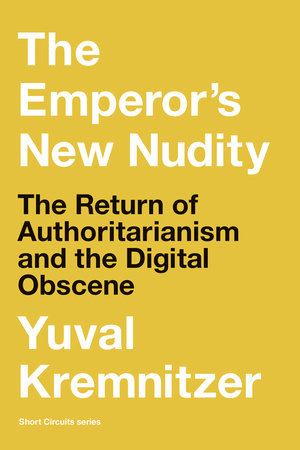
The Emperor’s New Nudity

Airplane Mode

Beyond the Call of Duty

Project Censored’s State of the Free Press 2025
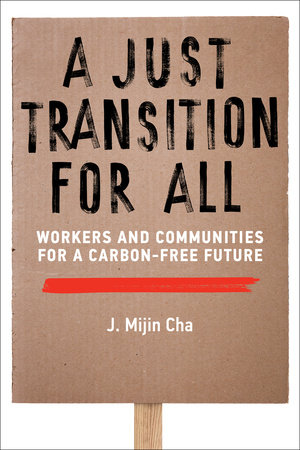
A Just Transition for All

The Empire of Civil Society

The Politics Book

Against the Crisis
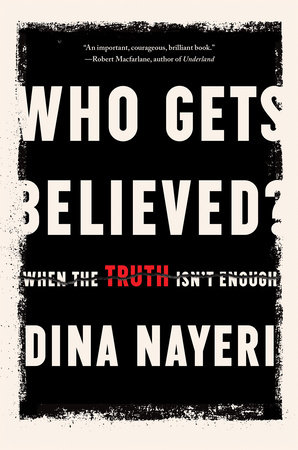
Who Gets Believed?
Praise
“L.A. Kauffman’s Direct Action is the best overview of how protest works—when it does—and what it’s achieved over the past 50 years.
—Rebecca Solnit, New York Times
“It is impossible to overstate the importance of this book. Chances are that even if you know something about the recent history of the left in America, you probably only know a few isolated parts. L.A. Kauffman has connected a vast field of dots to create an overview, and she has done so with dispatch, clarity, and elegance. Her book is essential reading for today, and will be for tomorrow.”
—Luc Sante, author of The Other Paris
“A movement tour de force. A must-read for those who have committed themselves to the life of the mind and of struggle.”
—Rev. Osagyefo Uhuru Sekou, theologian and organizer
“As the new political reality settles in, resisters are asking a follow-up question: What else can I do? L.A. Kauffman’s new book Direct Action provides some answers.”
—Maya Singer, Vogue
“L.A. Kauffman may have the best-timed book release in years.”
—The Atlantic
“In Direct Action, L.A. Kauffman assesses movements of the past half century not as scattered uprisings but as phases of an overarching project … Our current radical-action culture, she thinks, really started in the early seventies, when a new generation of green shoots rose up from the ash.”
—Nathan Heller, New Yorker
“If direct action is ‘a laboratory for political experimentation and innovation,’ as Kauffman argues in the introduction, then this is the lab report.”
—Vice
“You could not ask for a better guide through recent social movement history than L.A. Kauffman. A champion of radical causes with decades of experience on the front lines of civil disobedience, she chronicles the fascinating evolution of a set of protest tactics today’s activists take for granted. Kauffman has done a tremendous public service: by helping us better understand the past, in all its glory and folly, we can be more effective dissidents and rabble-rousers tomorrow. This startling, inspiring book is for anyone who has ever felt the urge to put their body on the line and shut things down for something they believe in.”
—Astra Taylor, author of The People’s Platform and co-founder of the Debt Collective
“The lurid circus sideshow has seized center ring in Washington, making direct action by progressive agitators all across the country more essential than ever. Don’t agonize, organize! How to do it? Kauffman’s powerful book, drawing on our people’s recent history, shows the way to create true justice for all.”
—Jim Hightower, author and activist
“Kauffman, an important and experienced organizer, senses in Occupy, Black Lives Matter and perhaps even the Bernie Sanders campaign new political oxygen, locally-based movements that cannot be effectively controlled or easily squashed.”
—Paul Buhle, Socialism and Democracy
“In a genuinely invigorating book for these times, L.A. Kauffman positively reassesses the efficacy of leftist protest movements since the ’60s, beginning with a re-examination of the ’60s itself. This book is a must-read for anyone looking for a way forward.”
—Dana Snitzky,Longreads
“This intricate book deserves careful reading. Far from being just a catalogue of actions, it traces the ways in which radical movements, linked by their use of civil disobedience, have adapted to contemporary demands.”
—Peace News
“L.A. Kauffman’s valuable book is both a thematic history of a period and a dramatic exploration of the chaning repertoire of protest tactics used by the American movements of the radical left. Beginning with the May 3, 1971 ‘Mayday’ anti–Vietnam War demonstration in Washington, DC, the book concludes with Black Lives Matter and the use of direct action in the 2014 resistance to racist police practices in Ferguson, Missouri. Consideration of times and techniques is integrated into four roughly chronological chapters which answer the book’s essential question: ‘What happened to the American left after the sixties?’”
—Matthew Schultz,Socialism and Democracy
21 Books You’ve Been Meaning to Read
Just for joining you’ll get personalized recommendations on your dashboard daily and features only for members.
Find Out More Join Now Sign In






